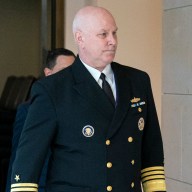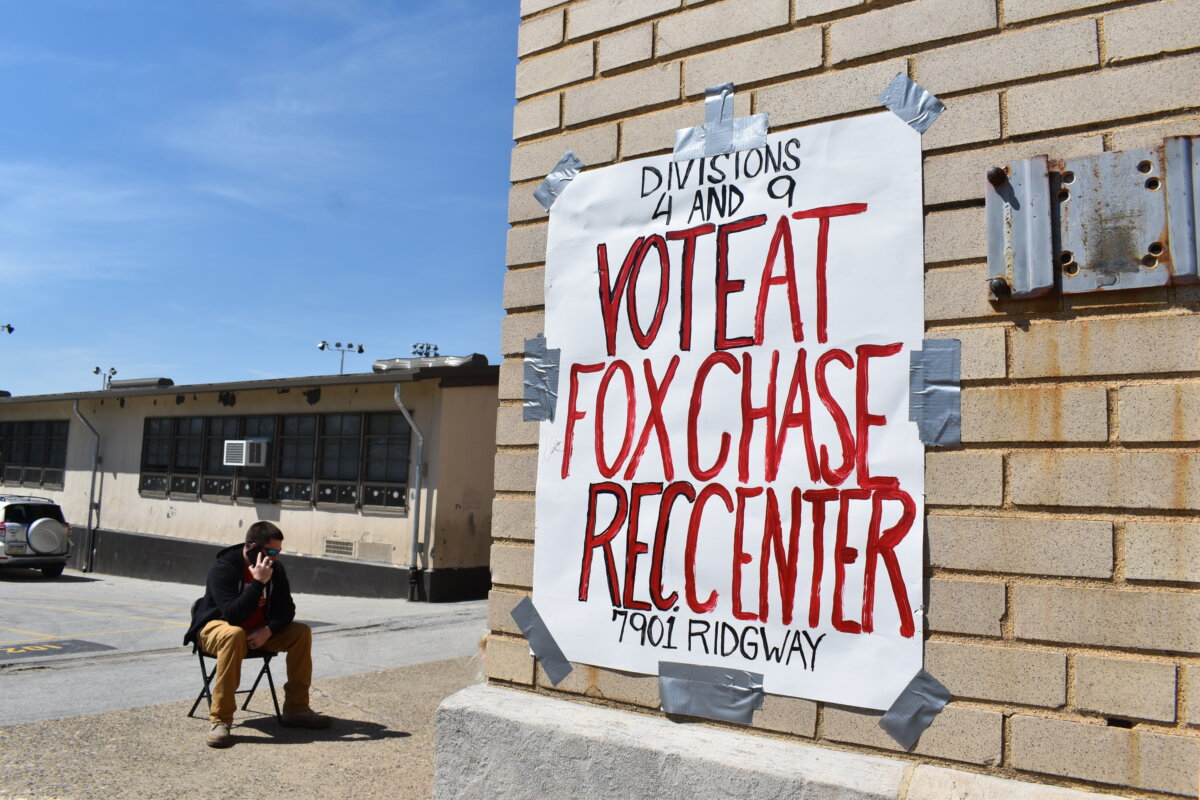Richard DeMillo wants to lift the veil on the inner workings of public universities. The former Hewlett-Packard executive has split his career between university administration and corporate hierarchy. Over the years, he’s noticed a few things about how these organizations tend to function.
His latest book, “Abelard to Apple: The Fate of American Colleges and Universities,” charts the legacy of modern higher education, from 12th century scholar Peter Abelard to the current proliferation of online courses. But this is no history lecture. DeMillo’s book challenges public universities to either adjust their models or be left behind.
“Since medieval times, the natural tendency of the university is to think more about their own value systems and professors’ needs than the needs of society,” says DeMillo, from his office at Georgia Tech. “I think it’s time to start thinking about what a university offers to the public. There’s a feeling among leaders that they have to compete with schools above them in rankings. That means they have to become research institutions and spend lots of money on buildings. But is that serving the student?”
DeMillo senses that the changing economic landscape is forcing universities to do some soul-searching.
“There is an elite band of universities that can afford to set their own agendas. And there’s some startup higher education organizations that are experimenters,” he says. “But in the middle you have some 3,000 institutions that don’t have international brands or big endowments, and many are clinging to an outdated model where they hold all the cards. But now you can get the equivalent course material for free online, so it’s time to rethink why they can ask a family to pony up so much money.”
















